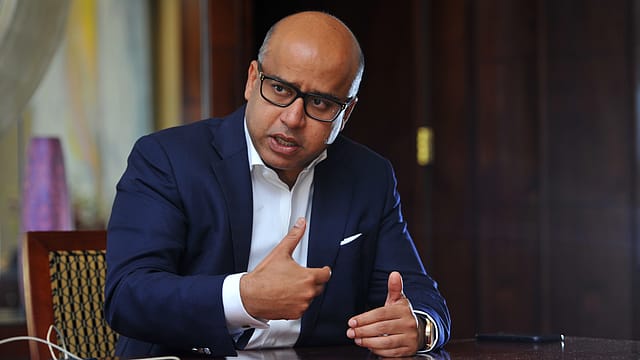‘Decision-making needs to improve for bankruptcy code to work’
ADVERTISEMENT

The tale of the first set of 12 companies referred to the National Company Law Tribunal (NCLT) under the Insolvency and Bankruptcy Code (IBC) is one of litigation. Cases have been filed by everyone from bidders seeking to take control of these companies to lenders, resolution professionals and almost every stakeholder in these companies.
So, how does one make the IBC process work more efficiently? The answer lies in improving decision-making, according to 46-year old British industrialist and turnaround expert Sanjeev Gupta, executive chairman of metals group Liberty House and industrial conglomerate GFG Alliance.
“I think there needs to be more emphasis on the courts directing the resolution professionals and Committee of Creditors making decisions rather than pushing the ball back into the court. The courts should push back a bit more,” Gupta told Fortune India.
Gupta is all too familiar with the litigious nature of the IBC. Liberty House has emerged as the highest bidder for three stressed companies: auto parts maker Amtek Auto, shipbuilder ABG Shipyard, and Adhunik Metalik. However, due to a $2.8 million outstanding loan to Exim Bank, its bids had failed and the matter moved back to the NCLT to find a resolution. Gupta says Liberty House has now cleared the dues and is eligible under the IBC. Similarly, its late bid for Bhushan Power and Steel, which came after the deadline, was initially rejected. But last month, the NCLT’s Principal Bench in New Delhi directed the lenders to consider the bid.
January 2026
Netflix, which has been in India for a decade, has successfully struck a balance between high-class premium content and pricing that attracts a range of customers. Find out how the U.S. streaming giant evolved in India, plus an exclusive interview with CEO Ted Sarandos. Also read about the Best Investments for 2026, and how rising growth and easing inflation will come in handy for finance minister Nirmala Sitharaman as she prepares Budget 2026.
The lack of decision-making is the biggest flaw that Gupta sees with the Indian bankruptcy law.
“India is a million miles behind. The processes in the U.K., Australia or the U.S. work seamlessly and wonderfully. But they have had decades and decades of experience. We have just started in India, literally from scratch,” says the industrialist who has bought distressed assets in the U.K., Australia, and the U.S.
“The problem is India is not a country where decision-making is decentralised. The culture is not one of decision-making, so decisions keep getting pushed up higher and higher. The concept of bankruptcy resolution is to find a solution outside the court but within the legal framework.”
But for Gupta, the decision-making logjam by lenders offers a business opportunity. Gupta, who is also executive chairman of GFG Alliance, sees a big opportunity in the financial services sector in India.
“Financial services is our fastest growing vertical and I think there is a huge opportunity in India. There is going to be shrinkage of capital in India in the short to medium term because of the banking issues. There is a combination of two things that are at work here. One is all this clean up which I think will take time to filter through and confidence to rebuild. Secondly, the whole witch-hunt that is happening at the moment will affect decision-making. Combination of these two things will mean the lending will be constrained compared to the demand, so the opportunity will be immense to bring in western capital,” says Gupta.
While he agrees that the bankruptcy process is too litigious and frustrating, Gupta expects that over time things will settle down. He adds that just the fact that India finally has a bankruptcy law gives foreign investors confidence to enter the country and that is the reason why Liberty House and GFG Alliance have big plans to enter India.
(For a detailed look at the issues with the Insolvency and Bankruptcy Code, read the May 2018 issue of Fortune India, now on stands. For a more detailed story on Sanjeev Gupta’s plans for India, look out for the June 2018 issue of Fortune India.)
